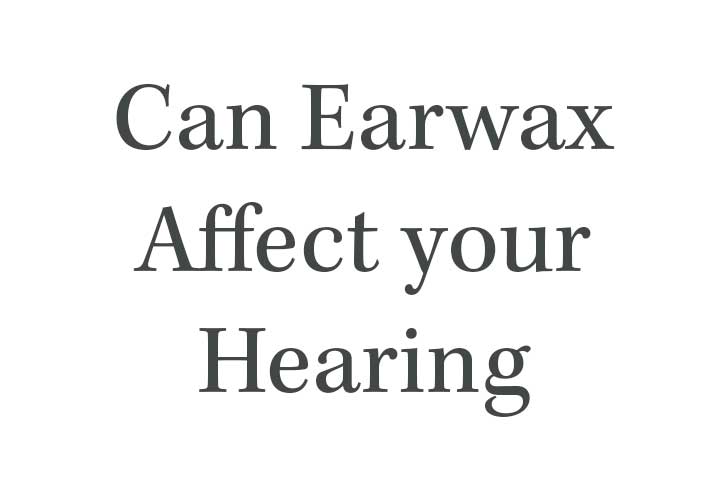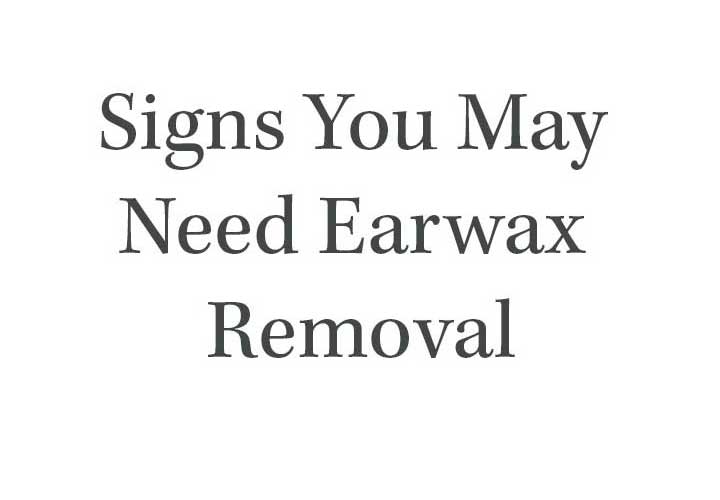The Role of Earwax and Why You Need It
Earwax, also known as cerumen, is something that most people don’t give much thought to—until it causes a problem. While earwax buildup is often viewed as inconvenient or bothersome, it actually serves a critical purpose in maintaining ear health. In this blog post, we will explore the role of earwax, why it’s essential for your ears, and how you can properly care for your ears without compromising their natural defense system.
What Is Earwax?
Earwax is a naturally occurring substance produced by glands in the ear canal. It consists of a mixture of secretions from sebaceous (oil-producing) glands, sweat glands, and dead skin cells. Its primary function is to protect, clean, and lubricate the ear canal, while also offering some protection from dust, bacteria, and other foreign particles that could potentially harm the ear.
Earwax is typically yellow or orange in color, and its consistency can vary from soft and moist to dry and flaky. Everyone produces earwax, but the amount and consistency of earwax can differ significantly from person to person. For some, earwax buildup can become problematic, but for the majority, it performs an important protective role that is often unnoticed.
The Essential Functions of Earwax
Earwax is more than just a nuisance—it plays several vital roles in keeping your ears and hearing system healthy. Here’s how it helps:
1. Protecting the Ear Canal
The ear canal is a delicate structure that can be easily irritated by foreign particles, such as dust, dirt, and insects. Earwax acts as a natural barrier by trapping these particles before they can reach the sensitive eardrum. By doing so, it prevents these irritants from damaging the ear and causing infections or other complications.
Additionally, earwax also helps prevent water from entering the ear canal. This is especially important when swimming or showering, as water can carry bacteria or other pathogens that may lead to infections such as swimmer’s ear (otitis externa). The wax forms a natural seal to keep water and bacteria out of the ear canal.
2. Cleaning and Self-Cleaning Mechanism
One of earwax’s remarkable features is its ability to clean the ear canal. The ear canal is self-cleaning, which means that earwax gradually moves from the inner part of the ear toward the opening of the ear canal. This movement helps to carry out debris, dead skin cells, and other substances that accumulate inside the ear. As earwax moves out, it naturally falls off or is washed away, keeping the ear canal clean.
The process of earwax moving out of the ear canal is typically aided by the natural movements of the jaw, such as when you talk, chew, or yawn. This self-cleaning mechanism is highly effective and reduces the need for manual cleaning.
3. Lubricating the Ear Canal
Earwax serves as a natural lubricant for the skin inside the ear canal, preventing it from becoming dry, itchy, or irritated. Without this lubrication, the skin could become flaky and sore, potentially leading to discomfort or injury. By keeping the ear canal moisturized, earwax helps maintain the overall health of the ear and reduces the risk of conditions like eczema or dermatitis in the ear canal.
4. Antibacterial and Antifungal Properties
One of the most important roles of earwax is its ability to protect the ear from harmful bacteria and fungi. Earwax contains antimicrobial agents, such as lysozyme, which help fight off infections by preventing the growth of bacteria and fungi in the ear canal. This is essential in protecting the ear from potential infections that could cause pain, hearing loss, or other complications.
Studies have shown that earwax has a natural acidity (pH) that creates an inhospitable environment for certain harmful microorganisms, further adding to its protective properties.
5. Reducing the Risk of Ear Infections
Earwax plays a critical role in reducing the risk of ear infections, particularly in individuals who are exposed to environments that may increase the risk of infection, such as swimmers, people who use hearing aids, or those who work in noisy conditions. The presence of earwax helps to reduce moisture and bacteria accumulation in the ear canal, which is one of the leading causes of ear infections.
What Happens When Earwax Becomes Problematic?
While earwax has many beneficial functions, it can sometimes become problematic, especially when it builds up to the point where it blocks the ear canal. This condition, known as impacted earwax, can lead to a range of symptoms and complications.
Symptoms of Earwax Buildup:
- Hearing Loss: One of the most common signs of earwax buildup is a gradual reduction in hearing, which can occur when the wax completely blocks the ear canal.
- Ear Fullness or Discomfort: You may feel like your ear is full or clogged, which can be annoying or even painful.
- Tinnitus: Ringing, buzzing, or other sounds in the ear may develop as a result of earwax buildup.
- Itchiness or Irritation: Excess earwax can cause itching or irritation in the ear canal, which may lead to discomfort.
- Ear Infection: If earwax becomes impacted, it can lead to infection or inflammation, causing pain and other symptoms.
Causes of Earwax Buildup:
- Excessive Earwax Production: Some people naturally produce more earwax than others, which can lead to a higher risk of buildup.
- Improper Ear Cleaning: Using cotton swabs or other objects to clean the ears can push wax deeper into the ear canal, leading to impaction.
- Narrow or Hairy Ear Canals: Individuals with narrow or hairy ear canals are at a higher risk of earwax buildup, as the wax may have trouble moving out of the ear naturally.
- Use of Hearing Aids or Earbuds: Regular use of hearing aids or earbuds can interfere with the natural movement of earwax, leading to buildup and impaction.
How to Care for Your Ears Without Harming Earwax
While earwax serves many important functions, it’s essential to care for your ears properly without disrupting the natural balance of earwax. Here are some tips for maintaining healthy ears:
1. Avoid Inserting Objects into the Ear Canal
Using cotton swabs, bobby pins, or other objects to clean the ears can push earwax deeper into the ear canal, causing impaction and potential damage to the eardrum. It’s best to let earwax naturally migrate out of the ear on its own.
2. Keep Ears Dry
Excess moisture can cause ear infections, so it’s important to keep your ears dry, especially after swimming or showering. You can gently wipe the outer ear with a towel, but avoid inserting anything into the ear canal.
3. Consult an Audiologist for Ear Cleaning
If you suspect that you have a buildup of earwax that’s affecting your hearing or causing discomfort, it’s best to see an audiologist. Professional cleaning methods, such as micro-suction, are safe and effective in removing earwax without causing damage.
4. Avoid Over-Cleaning Your Ears
It’s natural for earwax to build up and eventually be removed through the self-cleaning process. Over-cleaning can cause the ear to produce more wax in response, leading to an overproduction of earwax, which can result in further problems.
Conclusion
Earwax is a crucial part of ear health, serving as a protective barrier, a lubricant, and a self-cleaning mechanism that keeps the ear canal healthy and free from harmful particles and bacteria. While it can sometimes cause problems when it builds up too much, it’s important to recognize that earwax is not the enemy—it’s an essential part of maintaining your ear’s health and function. By following proper ear care guidelines, you can ensure that your earwax continues to do its job effectively, allowing you to enjoy clear hearing and prevent unnecessary complications.




